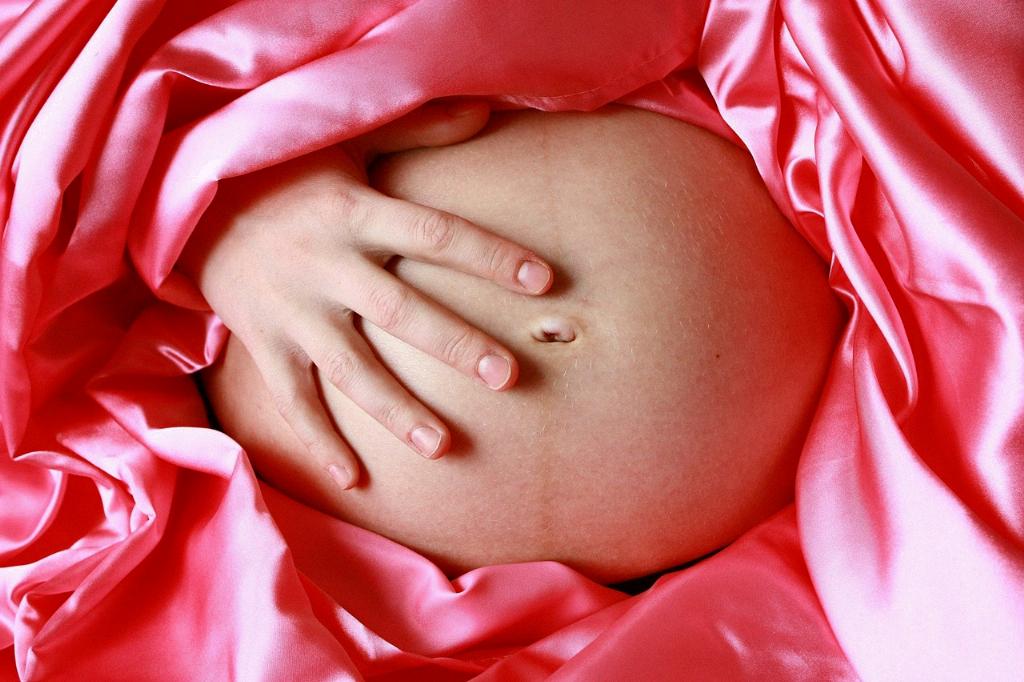When it comes to diagnosing an incisional hernia following a C-section, one of the key visual indicators is the presence of an abnormal bulge near or around the area of the surgical incision. This bulge can vary in size, ranging from as small as a grape to a larger, more noticeable size. The appearance of this bulge is often the most distinctive characteristic of an incisional hernia, making it easier to identify.
It is important to note that the bulge associated with an incisional hernia may not always be present or may only appear intermittently. In some cases, the bulge may change in size or position over time, making it a dynamic feature rather than a static one. This variability in appearance can make it challenging to definitively diagnose an incisional hernia based solely on visual cues.
Aside from the bulge, other visual signs of an incisional hernia following a C-section may include redness, swelling, or tenderness around the site of the hernia. These additional symptoms can provide further clues as to the presence of a hernia and can help guide healthcare professionals in making an accurate diagnosis.
In some cases, an incisional hernia following a C-section may also be accompanied by symptoms such as abdominal discomfort, pain, or a pulling sensation in the area of the hernia. These symptoms can further contribute to the overall picture of what an incisional hernia looks and feels like for the individual experiencing it.
Another characteristic that may be visible in an incisional hernia following a C-section is a change in the appearance of the abdominal wall or skin near the site of the hernia. This can manifest as a distortion or protrusion of the skin, creating an uneven or lumpy texture in the affected area.
Furthermore, individuals with an incisional hernia following a C-section may notice changes in their overall body contour or shape due to the presence of the hernia. This can affect how clothing fits or the appearance of the abdomen, potentially causing self-consciousness or discomfort.
It is essential for individuals who suspect they may have an incisional hernia following a C-section to seek medical evaluation promptly. A healthcare provider can perform a physical examination, review the individual’s medical history, and, if necessary, order imaging tests to confirm the presence of a hernia and develop a treatment plan.
Early detection and management of an incisional hernia following a C-section are crucial to prevent potential complications and discomfort. Addressing the hernia promptly can help individuals maintain their quality of life and avoid the progression of the hernia into a more severe condition.
In conclusion, the appearance of an incisional hernia following a C-section may vary in size, shape, and other visual characteristics, with the primary indicator being an abnormal bulge near the surgical incision site. Additional symptoms and changes in the abdominal area can further assist in identifying and diagnosing an incisional hernia, highlighting the importance of seeking medical attention for proper evaluation and management.

